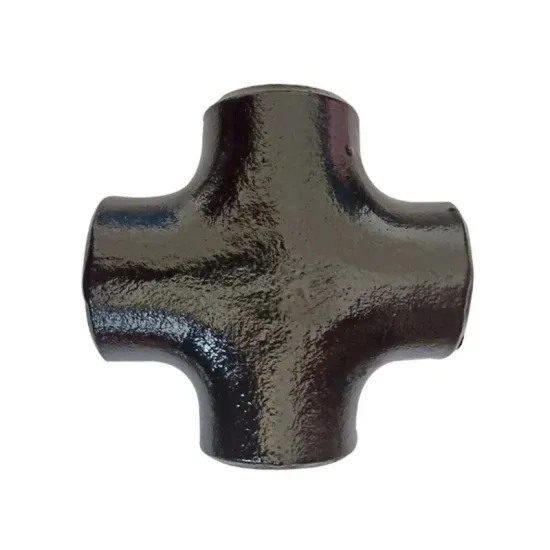-
Cangzhou Yulong Steel Co., Ltd.
-
Phone:
+86 13303177267 -
Email:
admin@ylsteelfittings.com
- English
- Arabic
- Italian
- Spanish
- Portuguese
- German
- kazakh
- Persian
- Greek
- French
- Russian
- Polish
- Thai
- Indonesian
- Vietnamese
- Zulu
- Korean
- Uzbek
- Hindi
- Serbian
- Malay
- Ukrainian
- Gujarati
- Haitian Creole
- hausa
- hawaiian
- Hebrew
- Miao
- Hungarian
- Icelandic
- igbo
- irish
- Japanese
- Javanese
- Kannada
- Khmer
- Rwandese
- Afrikaans
- Albanian
- Amharic
- Armenian
- Azerbaijani
- Basque
- Belarusian
- Bengali
- Bosnian
- Bulgarian
- Catalan
- Cebuano
- China
- China (Taiwan)
- Corsican
- Croatian
- Czech
- Danish
- Esperanto
- Estonian
- Finnish
- Frisian
- Galician
- Georgian
- Kurdish
- Kyrgyz
- Lao
- Latin
- Latvian
- Lithuanian
- Luxembourgish
- Macedonian
- Malgashi
- Malayalam
- Maltese
- Maori
- Marathi
- Mongolian
- Myanmar
- Nepali
- Norwegian
- Norwegian
- Occitan
- Pashto
- Dutch
- Punjabi
- Romanian
- Samoan
- Scottish Gaelic
- Sesotho
- Shona
- Sindhi
- Sinhala
- Slovak
- Slovenian
- Somali
- Sundanese
- Swahili
- Swedish
- Tagalog
- Tajik
- Tamil
- Tatar
- Telugu
- Turkish
- Turkmen
- Urdu
- Uighur
- Welsh
- Bantu
- Yiddish
- Yoruba

ነሐሴ . 19, 2024 17:34 Back to list
Techniques and Best Practices for Welding Pressure Pipes Efficiently and Effectively
Pressure Pipe Welding An Overview
Pressure pipe welding is a critical aspect of various industries, particularly those involving the transportation of fluids under pressure such as oil and gas, water supply, and chemical processing. The integrity and reliability of the welded joints in pressure pipes are paramount, as any failure can lead to catastrophic consequences including leakage, explosions, and environmental hazards.
Welding Techniques
There are several welding techniques utilized in pressure pipe welding, with the most common being Shielded Metal Arc Welding (SMAW), Gas Tungsten Arc Welding (GTAW), and Gas Metal Arc Welding (GMAW). Each method has its own advantages and is chosen based on the materials being welded, the working environment, and the specific requirements of the project.
- Shielded Metal Arc Welding (SMAW), also known as stick welding, is known for its versatility and portability. It is particularly useful in outdoor applications and in situations where access is difficult. However, it requires skilled labor and may not provide as clean a weld as some of the other methods.
- Gas Tungsten Arc Welding (GTAW), or TIG welding, is renowned for its ability to produce high-quality, precise welds. It is commonly used for welding stainless steel and non-ferrous metals. GTAW is ideal for thinner wall pipes and applications where weld appearance is critical. The process involves creating an arc between a non-consumable tungsten electrode and the base material, with an inert gas providing a shield against contamination.
- Gas Metal Arc Welding (GMAW), also known as MIG welding, utilizes a continuously fed filler wire and is favored for its speed and efficiency. It is widely adopted for thicker pipes and has become increasingly popular in industrial settings due to its automation capabilities.
pressure pipe welding

Quality Assurance
Ensuring the quality of welds in pressure pipes is a comprehensive process that involves detailed inspections and testing. Non-destructive testing (NDT) methods, including radiographic testing, ultrasonic testing, and dye penetrant testing, are employed to detect internal and external defects in welds. These inspections are critical, as they help in identifying issues before they lead to serious failures.
Moreover, adherence to industry standards and codes, such as those established by the American Society of Mechanical Engineers (ASME) and the American Welding Society (AWS), is essential. These standards dictate the qualifications of welders, the materials used, and the welding procedures followed, ensuring uniformity and safety across projects.
Training and Certification
Given the complexity and risks associated with pressure pipe welding, proper training and certification of welders are imperative. Organizations provide certifications that validate a welder’s skills and knowledge of specific welding processes. Continuous education and training programs contribute to maintaining a workforce that is adept at modern welding practices and aware of the latest safety protocols.
Conclusion
Pressure pipe welding plays a vital role in maintaining the safety and efficiency of fluid transportation systems. As industries continue to grow and evolve, the importance of skilled welders and effective welding techniques remains a cornerstone of engineering success. With advancements in technology and a focus on quality assurance, it is crucial to prioritize best practices in pressure pipe welding to ensure the integrity and safety of critical infrastructure. Understanding the nuances of different welding methods, coupled with rigorous training and adherence to standards, will pave the way for achieving high-quality, reliable welds in pressure piping systems.
Latest news
-
ANSI 150P SS304 SO FLANGE
NewsFeb.14,2025
-
ASTM A333GR6 STEEL PIPE
NewsJan.20,2025
-
ANSI B16.5 WELDING NECK FLANGE
NewsJan.15,2026
-
ANSI B16.5 SLIP-ON FLANGE
NewsApr.19,2024
-
SABS 1123 FLANGE
NewsJan.15,2025
-
DIN86044 PLATE FLANGE
NewsApr.19,2024
-
DIN2527 BLIND FLANGE
NewsApr.12,2024
-
JIS B2311 Butt-Welding Fittings LR/SR 45°/90° /180°Seamless/Weld
NewsApr.23,2024











